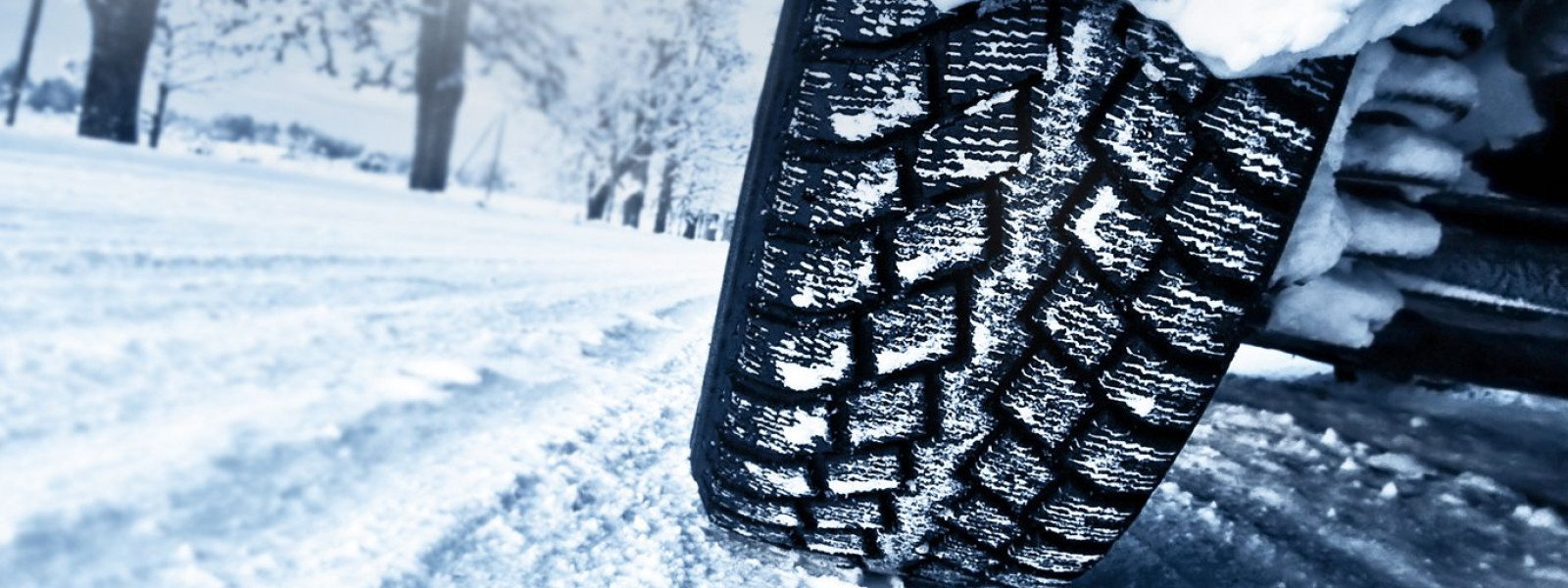3 Tips for Winter Driving in Your Land Rover

The following tips will help you get where you need to go throughout the cold months:
1) Take it Easy
Unfortunately, because the Land Rover is better-equipped to handle wet, snowy and icy conditions that other vehicles, many drivers take liberties with speed and handling that they really shouldn’t. The best way to get where you’re going when driving in winter weather is to use caution.
2) Use the Electronic Aids Built into Your Land Rover
When driving in snow and ice, make sure the 4WD is locked and, if you can, engage low range. Use any other driving aids on your vehicle, like Hill Descent Control, that you have. Each of the driving aids help the vehicle manage the slippery conditions and minimize the chance of not having 100% control or getting stuck.
3) Brake Cautiously
Again, while the braking system on your Land Rover is well-designed for winter conditions, it doesn’t mean that it works the same as it does on dry pavement. It takes up to ten times longer to brake in some winter conditions versus dry weather conditions. It’s a good idea to test your brakes in a spot where it is absolutely safe to do so. To get an idea of how slippery it is, slowly engage your breaks until you feel the first indications of brake lock, skid or engagement of the ABS system. It’s better to test the brakes out when it is safe to do so than when you approach an intersection.
Most importantly, always have your Land Rover serviced done before any extreme weather change. Before you know it, winter is here and you don’t want to get stuck in the cold.